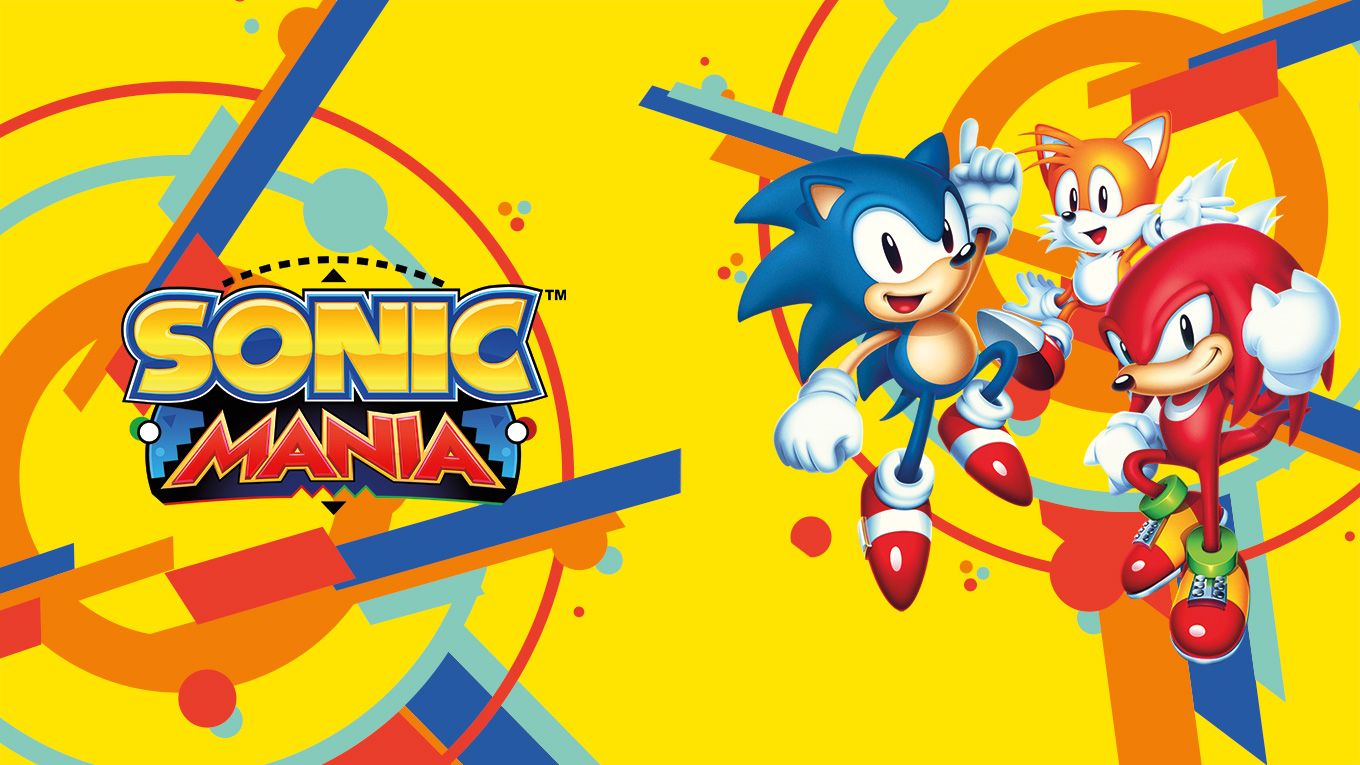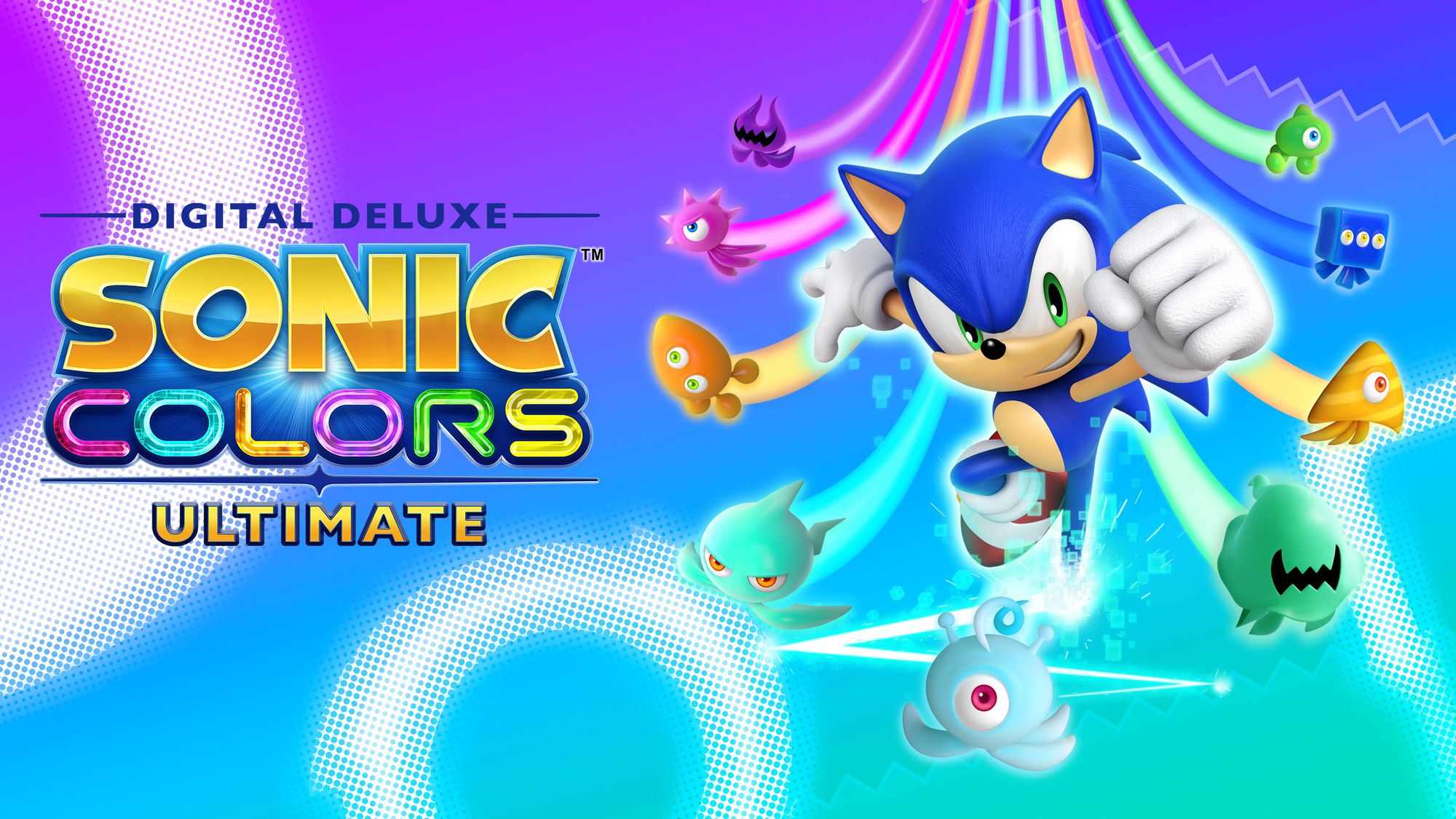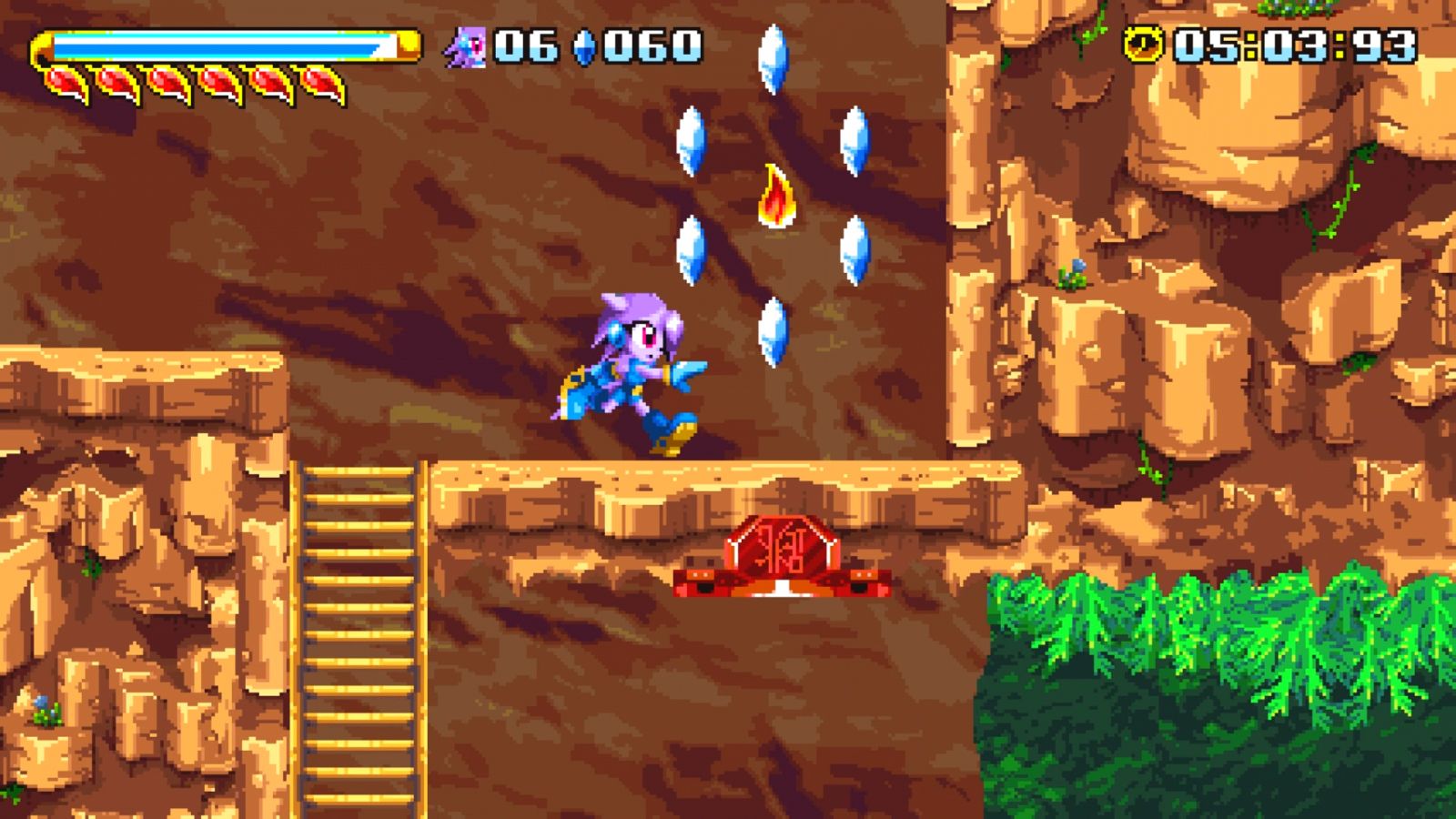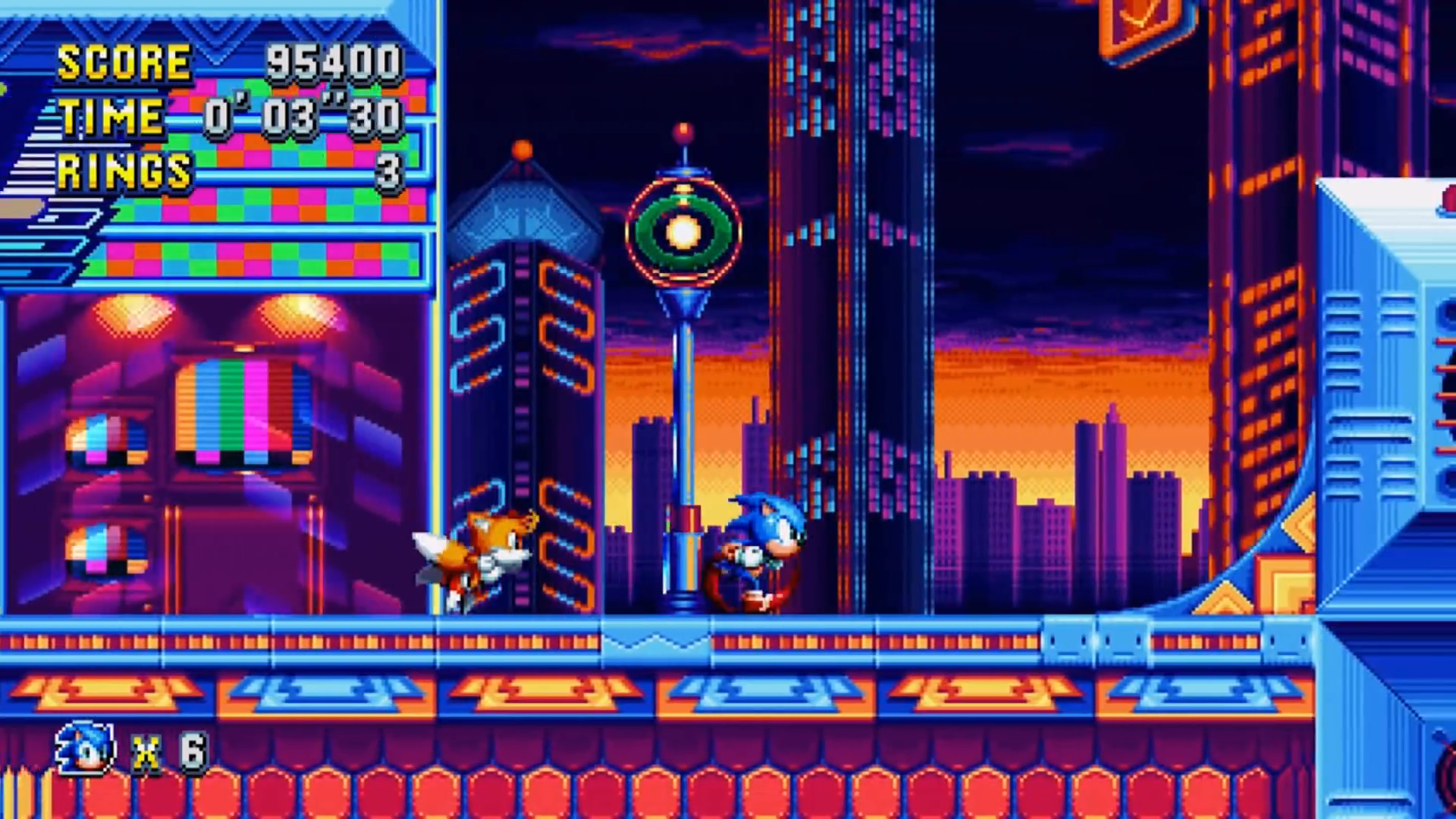Sonic Mania: How it Became the Ultimate Sonic Experience
Tracing The Blue Blur's path to 2017s return to form in Sonic Mania

With the recent release of Sonic Origins, the announcement that preceded it invited me to play Sonic Mania again. Available for Nintendo Switch, PlayStation 4, Xbox One, and PC, 2017s Mania marked the return of 2D Sonic in the best way imaginable.
The emergence of Sonic helped ignite that spark. Working at my job and listening to 70s and 80s pop and R&B music likely lent a hand. Since I had not completed the game 100%, I decided it was time to revisit the title and finish those would-be dreaded Blue Sphere stages. Besides hunting down all the Trophies, this gave me the excuse to finish Mighty, Tails, and Ray’s playthroughs and look back on this 2017 classic.
Five years after its release, I maintain the belief that Sonic Mania is the best side-scrolling platformer of the current generation. However, to assert that this one title is the most recommendable and high-quality experience of the series’ 30 years would require looking back at the series’ ups and downs.
Source: YouTube.
Revisiting the Genesis and Sega CD Classics
If you’re part of the Sonic Internet community, you’ve likely come across the common and standard opinion that the Genesis trilogy + Sonic CD are the best games in the series. Sonic 1, Sonic 2, Sonic CD, and Sonic 3 & Knuckles were arguably developed with the highest level of polish in mind. Each one succeeded in being a charming, challenging platformer with fantastic music that could rival even Nintendo’s stellar Mario series.
Sonic 1 set the foundation of the speedy fast platformer while Sonic 2 dialed up the speed, introduced Tails, added the Super Sonic powerup, and included more zones. Sonic CD added the time travel element, which varied the stages, and introduced some neat-looking FMV sequences.
Sonic 3 & Knuckles, however, arguably got the best deal overall. Three playable characters — including the introduction of Knuckles — across 14 zones, some of which are the best in the series, including Hydrocity, Flying Battery, Lava Reef, and Death Egg. In addition to the Competition mode and newly introduced “Hyper” forms, Sonic 3 & Knuckles took the best of its predecessors and created the single greatest game on the Sega Genesis/Megadrive.
The Later Years
Sega struggled to keep up with the quality of Sonic after his integration into 3D. That’s not to say Sonic Adventure and Sonic Adventure 2 are by any means poor games. The latter, in particular, is a fan favorite because of the new characters introduced and the incredibly fun multiplayer mode. Unfortunately, nearly anyone who’s kept up with the franchise knows of the “dark days” beginning with Sonic Heroes in 2004. It would not be until the 2011 release of Sonic Generations that the series’ momentum would once again pick up to its former glory, albeit briefly.

The 2D games also had a moment in the sun thanks to the Sonic Advance series on GBA. Much like the Genesis titles, the third game in this sub-series became a favorite thanks to its combination of high-speed action, strong level design, and its creative use of the team-up mechanic. Sonic Rush would succeed the series on DS, but Dimps’ later titles (Sonic Rush Adventure, Sonic Colors, Sonic Generations on 3DS) failed to attain more than passing appreciation from fans.
Nothing quite captured the quality or meaning of the franchise quite as well as Sonic’s past on the Genesis.
Finally, we can’t ignore the elephant in the room: Sonic the Hedgehog 4. Sonic team’s episodic, tone-deaf attempt to acknowledge the fans’ love of the past games ended up with people decrying the awkward physics and less-beloved music tracks. These shorter episodes ended up being so unsuccessful that Sega ultimately scrapped the third episode of the series entirely.

Turning to Sonic Mania
The series failed to pick up its momentum after the release of Sonic Generations, a title that borrowed much of its quality from the mechanics and gameplay of its Genesis forerunners. Sonic: Lost World seemed to be an okay effort at best while Sonic Boom on Wii U was decried as the worst Sonic game, perhaps even worse than the infamous Sonic 06.
Sonic Mania came from a partnership with Sega and Sonic fangame developer, Christian Whitehead. Spawned from not just his remasters of Sonic 1 and 2 on mobile devices but the complete remaster of Sonic CD as well, Mr. Whitehead’s experience convinced Sega to allow him to create an original 2D Sonic game.
The title features the musical style and stage designs of the original Genesis and Sega CD titles. However, it also features entirely new stages, reworked designs of the original stages, and a newly arranged soundtrack of the series’ beloved favorites.

It also includes various references to other Sonic titles, such as the inclusion of SegaSonic Arcade’s Mighty the Armadillo and Ray the Squirrel in the Sonic Mania Plus DLC. Bark the Polar Bear, Bean the Dynamite, and Fang the Sniper, from previous Sonic titles, make cameos, along with the Mecha Sonic boss from the Game Gear version of Sonic 2. Studiopolis Zone also features a funnel-like structure that plays sound effects from Sonic Advance.
The team that created Sonic Mania lovingly polished every aspect of the game to create the ultimate Sonic game and one of the single greatest 2D platformers in existence. Everything from the stages to the boss battles to the extra modes and unlockables created not just the series’ love letter but the definitive way to experience the series.

Final Thoughts
Everything from the visual style, music, gameplay, and the creative, polished, varied, and enjoyable stage design puts together a game worth more than the sum of its parts. Sonic Mania succeeds its early-mid 90s predecessors in every way and then some. It’s a larger game that comes together perfectly with a difficulty curve that’s never too hard nor too easy. It’s challenging for anyone and enjoyable enough to play multiple times.
Plus, if you’re hankering to collect extras, you can always collect all the Chaos Emeralds and get the Gold Medallions on every Bonus Stage.
I can’t say enough good things about Sonic Mania, so I think I’ll end it with this: Even among fans of the original Genesis titles, this is the must-play title of the franchise. If you’re a newer fan of Sonic or want to introduce a new fan to a beloved classic, Sonic Mania is a perfect choice. This title set its own standard in 2017 and is perhaps the greatest 2D platformer on the market right now. I daresay it stands alongside the likes of Rayman Legends and Donkey Kong Country: Tropical Freeze.
There’s a reason Mania is the ultimate Sonic experience. It’s up to you to find out why.